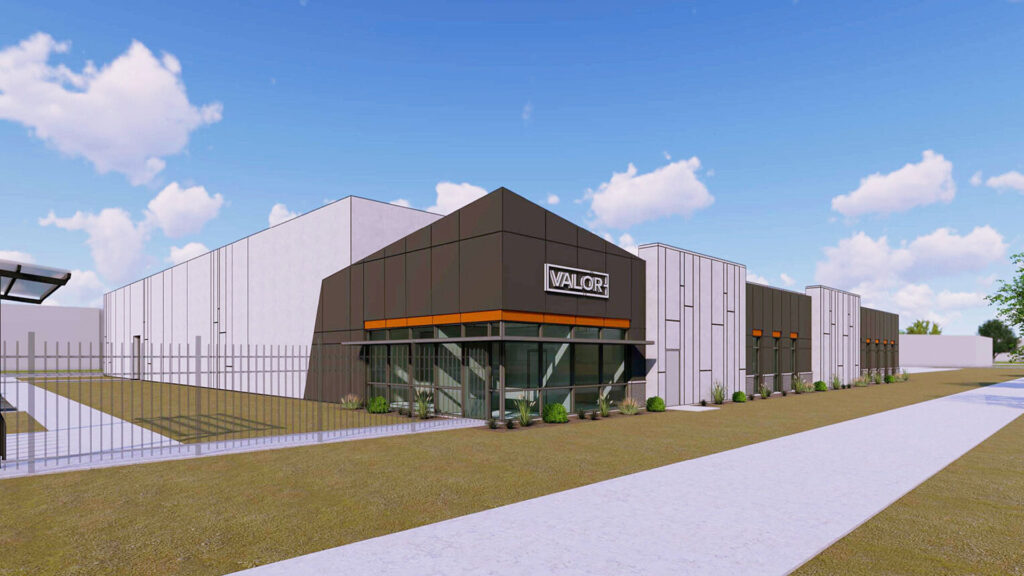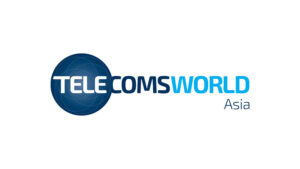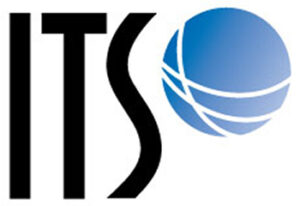In the ever-evolving landscape of digital infrastructure and telecommunications, low Earth orbit (LEO) satellites have emerged as a game-changer. These innovative satellites, orbiting closer to Earth than traditional geostationary satellites, have spurred a wave of technological advancements that are transforming how we connect, communicate, and access information.
Faster Internet Speeds
One of the most notable innovations driven by LEO satellites is the promise of significantly faster internet speeds. Traditional satellite internet services, delivered through geostationary satellites, often suffer from high latency due to the longer distance signals must travel. In contrast, LEO satellites’ proximity to Earth enables lower latency, providing users with a smoother online experience. Companies like SpaceX’s Starlink and PTC Member OneWeb are at the forefront of this revolution, promising gigabit-level internet speeds to even remote and underserved regions.
Latency, the time it takes for data to travel between the sender and receiver, is a critical factor in many online applications, including online gaming, video conferencing, and financial transactions. LEO satellites offer a substantial reduction in latency compared to traditional satellites. The shorter signal travel distance means that data can be transmitted with minimal delay, making real-time activities like online gaming and video calls much more seamless.
Global Coverage
LEO satellites are paving the way for global connectivity, bridging the digital divide by providing internet access to underserved and remote areas. The constellation-based approach, with hundreds or even thousands of satellites working together, ensures widespread coverage. This innovation is particularly valuable for regions with limited terrestrial infrastructure, such as rural communities and developing countries, and regions close to the two poles, where internet access can be transformative for education, healthcare, and economic development.
Space-based 5G Networks
The rollout of 5G networks is a significant step forward in telecommunications, promising faster speeds, lower latency, and increased connectivity. LEO satellites play a pivotal role in extending the reach of 5G networks to remote and rural areas, where building terrestrial infrastructure may be impractical or cost prohibitive. The integration of LEO satellites with 5G technology ensures that high-speed internet access is available worldwide, ushering in a new era of communication and connectivity.
Internet of Things (IoT) Expansion
IoT is rapidly growing, with billions of connected devices ranging from smart home appliances to industrial sensors. LEO satellites offer an ideal platform for IoT expansion, as they can provide ubiquitous coverage even in remote areas. Innovations in LEO satellite technology enables low-power, cost-effective IoT devices to communicate seamlessly with centralized systems, opening new possibilities for smart cities, agriculture, healthcare, and more.
Space-based Internet Routing
Traditional internet routing relies heavily on terrestrial infrastructure, making it vulnerable to outages and disruptions. LEO satellites offer a resilient alternative by enabling space-based internet routing. This innovation allows for data to be routed through space, bypassing ground-based infrastructure and potential bottlenecks. In times of natural disasters or cyberattacks, space-based routing can ensure that critical communications remain intact.
Sustainable Space Operations
The proliferation of LEO satellites has also led to innovations in sustainable space operations. Companies are developing technologies to address the growing concern of space debris and its impact on space sustainability. This includes deorbiting strategies, satellite recycling, and more environmentally friendly propulsion systems. These initiatives aim to ensure the long-term viability of LEO satellite constellations while minimizing their environmental footprint.
Competitive Market and Investment
The rapid development of LEO satellite technology has fostered a competitive market, attracting significant investments from both established players and startups. This competition has accelerated innovation, driving down costs and improving the quality of services. As more companies enter the LEO satellite arena, consumers and businesses are likely to benefit from greater choice and improved affordability.
Conclusion
LEO satellites are ushering in a new era of digital infrastructure and telecommunications. Their innovations in faster internet speeds, global coverage, reduced latency, and integration with 5G networks are expanding connectivity to remote areas and driving economic development worldwide. As the LEO satellite industry continues to evolve, it is essential to address sustainability concerns and ensure responsible space operations. With ongoing investment and competition, the future of LEO satellites holds the promise of a more connected, resilient, and sustainable world, where digital infrastructure knows no boundaries, and the possibilities are limitless.
“We are excited to delve deeper into these groundbreaking developments in the satellite field during the PTC’24 Annual Conference,” said PTC Board of Governors member and Principal at TJLNova Consulting Timothy Logue, a seasoned expert in satellite communications. “The conference will feature informative briefings on cutting-edge technologies such as laser-based inter-satellite connectivity and satellite-to-mobile communications, highlighting the continuous evolution and boundless potential of LEO satellites in reshaping our digital landscape.”






























